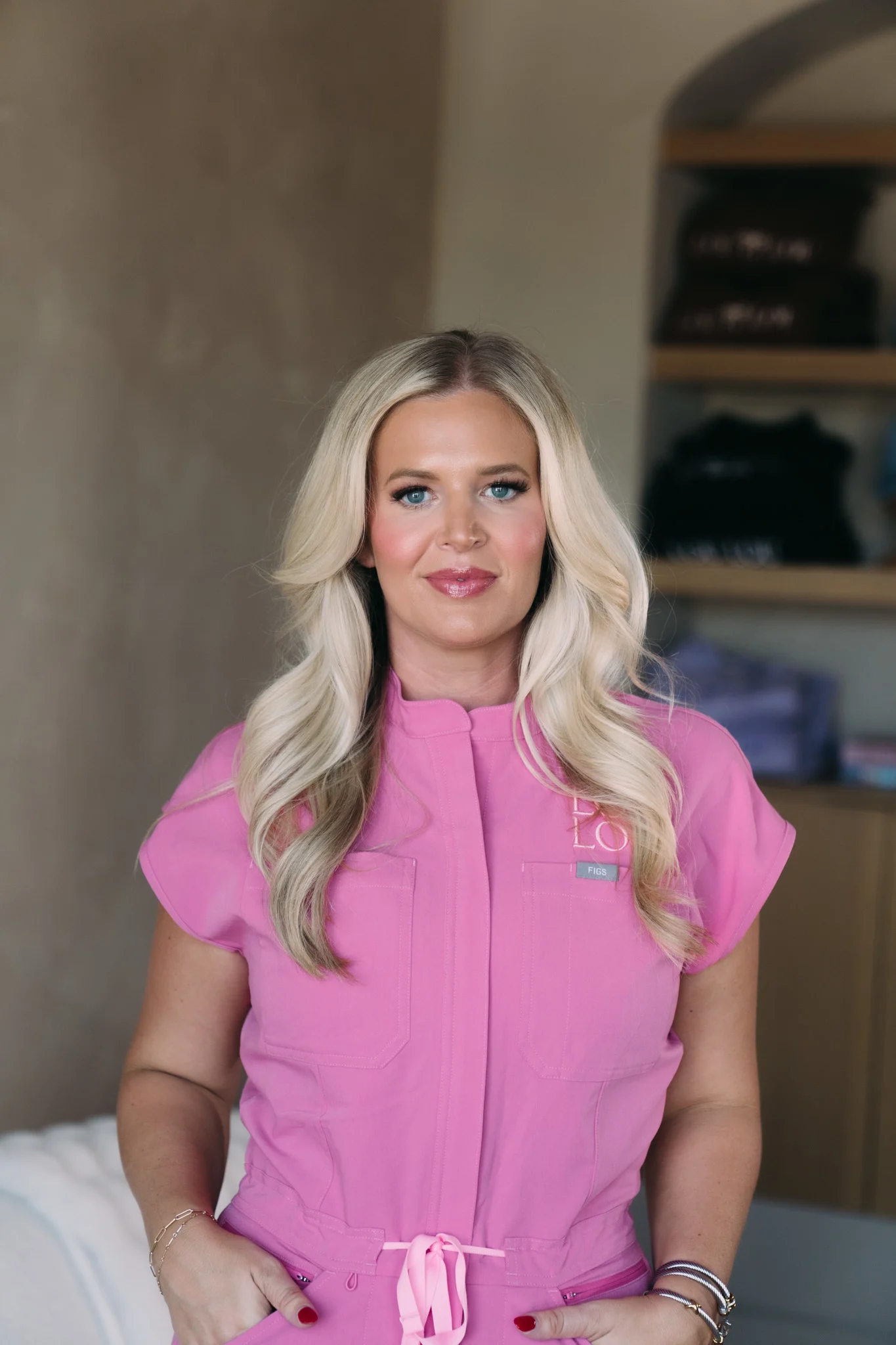By: Taylor Della Vecchio, MSN, APRN, NP-C
With a background in oncology treatment, cancer early detection and prevention is close to my heart. Breast Cancer Awareness Month is a time to focus on the importance of early detection and education. Breast cancer is one of the most common cancers worldwide, and by understanding the risks and taking proactive measures, you can protect your health or the health of someone you love.
Breast Cancer Statistics
- 1 in 8 women in the U.S. will be diagnosed with breast cancer during their lifetime.
- In 2024, it’s estimated that over 300,000 new cases of breast cancer will be diagnosed in women in the U.S. alone.
- Men are also at risk, with around 2,500 cases diagnosed annually in the U.S.
- Early detection increases the 5-year survival rate to over 90%, emphasizing the importance of regular screening and self-awareness.
Monthly Self-Breast Exams
While mammograms and regular check-ups are crucial for early detection, monthly self-breast exams empower you to understand what is normal for your breasts. Catching changes early can be life-saving.
You should perform a self-breast exam once a month, about 3-5 days after your period ends when your breasts are least likely to be swollen or tender. If you’re post-menopausal, pick a consistent day each month to perform the exam.
How to Perform a Self-Breast Exam
Self-breast exams are best done immediately after a hot shower. Here are simple steps to follow for a monthly self-breast exam:
1, Look at your breasts in the mirror.
- Stand with your shoulders straight and your hands on your hips. Look for any visible changes in shape, size, or skin texture, including dimpling or puckering. Check for any nipple discharge or inversion (pulling in of the nipple).
2, Raise your arms.
- Lift your arms above your head and look for the same changes while you hold this position.
3, Feel your breasts while lying down.
- Use your right hand to feel your left breast and vice versa.
- With the pads of your fingers, use a firm, smooth touch, moving in circular motions from the outside of the breast toward the nipple.
- Cover the entire breast from top to bottom and side to side. Don’t forget to feel the armpit area, as breast tissue extends here.
4, Feel your breasts while standing or sitting.
5, Use the same circular motion, covering the whole breast area.
If you notice any lumps, thickened areas, or changes in skin texture, it’s essential to consult your doctor. Not all changes indicate cancer, but it’s always best to have them checked professionally.
Raising Awareness and Staying Vigilant
Breast Cancer Awareness Month serves as a reminder to prioritize our health. Share this information with loved ones, schedule your mammograms, and practice self-exams. Early detection saves lives.



